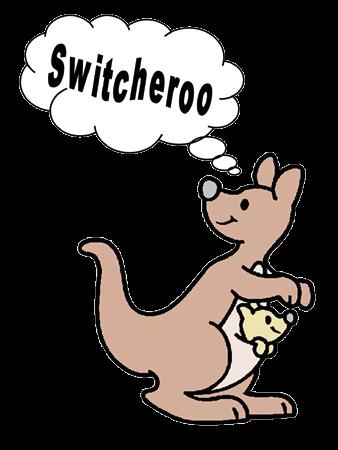But Does She Dance? Elizabeth Foster, Secretary/Executive Officer, looks back over her term of office George VI bestowing the title ‘Royal’ on the Society in 1951.
In 2008, shortly before I took up the new appointment of Secretary/Executive Officer of The Royal Scottish Country Dance Society, I was asked to attend the AGM. I was introduced from the floor as having a background in research, organisational development and business management in the public and voluntary sectors. Whatever expectations I may have had about my new post, however, I was left in no doubt as to what was really important when I overheard the loud whisper from two rows behind, ‘Aye, but does she dance?’
I also had an early introduction to the ‘psyche’ of the Society. Tasked with creating and implementing a strategic plan to ‘take the Society forward’, I was approached later at that same AGM by a member who advised me that ‘turning the RSCDS around would be like trying to save the Titanic’. Six and a half years on, I harbour no doubts that, with appropriate concern for correct form, it is the practice of SCD which is the heartbeat of the Society. In November 1923, following a fallow period in the history of country dance, the Society was formed to ‘practise and preserve country dances as danced in Scotland’. At that time, preserving tradition was seen as essential for the revival of SCD and became synonymous with the Society. Some 20 years later, country dancing again was curtailed, by World War II. Whilst held as prisoners of war, however, a group of Scottish officers used country dancing to keep their morale alive, resulting in The Reel of the 51st Division, the first newly-devised dance to be published by the Society. This break with tradition was followed not only by HRH Princess Elizabeth becoming Patron of the Society in 1947, but also by King
10
www.rscds.org
In 1952, a new constitution was drawn up and, around the same time, the wording of the main aim of the Society was changed to the more progressive and developmental ‘preserve and further the practice of traditional Scottish country dances’. The post-war resurgence of interest in SCD was followed by an expansion in the RSCDS network of branches and affiliated groups and included groups attached to British embassies, Caledonian Societies and churches, as well as international folk dancers. Membership of the Society peaked in 1990 at an estimated 28,000 worldwide, with 157 branches and 539 affiliated groups. Over the next 20 years, membership of the Society steadily declined. In March 2014, the figure stood at 13,087, with 165 branches and 323 affiliated groups worldwide; still a substantial organisation. The challenge is how to sustain this membership and, if possible, increase it. Many more people engage in SCD than join the Society. Even more people dance Ceilidh to celebrate marriages, births and other special occasions. Every Scottish country dancer knows that SCD can be great fun, helps fitness and, by its social nature, provides the opportunity to make new friends; so why yet another decline in the popularity of SCD and in the membership of the RSCDS?
Factors internal to the organisation are also significant, and there is no doubt that Society members are its greatest strength. In 1997, the Society decided to retain its charitable status, committing all of its members to the overriding objective of furthering the cause of SCD. To ensure this happens, communication across the membership must be timely, efficient and effective. Over the last six and a half years, considerable investment has been made in new publications, the website and new technology: the Annual Review; the interactive database; on-line meetings, event booking and shopping; the YouTube channel, Facebook, Twitter and ezines; downloadable publications and music. In 2015, with the support of a Heritage Lottery Fund grant, the contents of the Society Archive will be fully catalogued, digitised and accessible at the touch of a button. Organisational ‘culture’ (‘how we do things around here’) is highly significant to success. For the Society, this means the extent to which members work together to further the cause of SCD and, thereby, work effectively in the best interests of the Society. Two branch surveys on membership suggest that direct personal contact is the most effective way of increasing the numbers dancing, and of recruiting new members: if each of our 13,000 members successfully persuaded one friend or neighbour to join the Society, the number of dancers and members would double overnight!
External contributing factors are often beyond control: world economics, rates of exchange, competition from other dance forms and genres becoming ‘unfashionable’ or ‘uncool’. As indicated above, SCD has faced all of these in the past. The Society preserves tradition through its books, CDs, and DVDs, as well as its teacher training system. It also recognises the need for change and development: to stay ‘fresh’ with the infusion of new ideas, partnerships and collaborations.
AGM 2013
Liz Foster
















